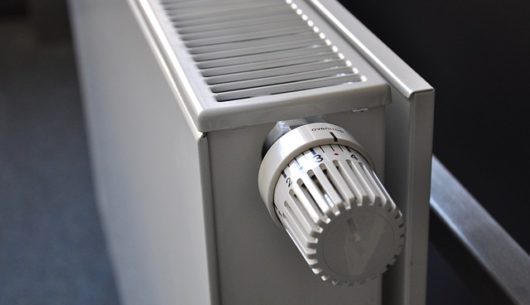Blog
Modern energy-efficient houses – ways to save energy

Modern energy-efficient houses
Until recently, economics was rarely associated with ecology, but now we can observe a dynamic change in this trend. A perfect example are modern energy-efficient houses. They are gaining more and more popularity every year. Reducing electricity and heating bills with them is another alternative to take care of your home budget with the future in mind.
Do you want to know the latest and greatest solutions? Then check out what we have prepared for you in the following part of the material. We will answer frequently asked questions and present innovative proposals.
Comprehensive solutions used during the construction of a house
Although every passive house is energy efficient, not every energy efficient house is a passive house. Both concepts are often confused or combined. Well, if you want to build an energy-efficient or passive house, it is best to start planning at the design stage and the selection of individual materials. However, let us remind you that according to current standards, in a standard house, the limit of heat demand is 160 kWh/(m2·year).
The main differences in construction:
– Energy-efficient houses – their annual demand for heat for heating is about 70 kWh/(m2·year).
– Passive houses – energy-efficient houses, built with passive (passive) energy generation in mind. About 15 kWh/(m2·year) should be enough for heating.
– Zero-energy house – the primary energy balance should be at the level of 0 kWh/(m2 year). This is possible thanks to renewable energy sources (e.g. photovoltaic panels) and storage possibilities.
As you can see, the differences are huge. How will this translate into bills? By investing in a modern energy-efficient house, we will reduce them more than 2 times. In a passive house, we will pay only 1/10 of the sum, compared to a standard house.
Heating and ventilation
The choice of heating is of great importance. However, this is an individual matter, because while in one case an ecological eco-pea coal stove will work, in the other a better solution will be gas or electric heating. Regardless of which method of heat generation is chosen, it is necessary to take care of:
– proper insulation of walls
– insulation of foundations,
– roof protection,
– tightness of windows, doors and ventilation.
Otherwise, warm air will simply escape. You, on the other hand, will waste the potential of your heating system.
It is worth opting for ventilation with heat recovery (recuperator). As a result, the demand for food will drop by over 30%. This means that not only do you have to buy less fuel every season, but also your radiators, boiler or heat pump should have lower power. This will reduce the cost of equipment purchases.

Ways to save energy at home – improve your habits
If you want to reduce your bills, start turning off your electronic equipment at the end of its life and check that you are not leaving the charger in the socket. Although for most of us this is a completely natural behavior, often even adults and mature people have a problem with it.
Simple change and investment in accessories
We often have this problem with electricity and water. During operation, we rarely see the amount of resources used, which makes us unaware of our negligence. The meters are not located in visible places and do not offer data that would inform about the devices that use the most electricity.
However, there is a simple solution to this problem. It is smart overlays on contacts. They can not only inform us about how much we use a given socket, but also allow us to turn it off using a smartphone. So even after leaving the house, we can make sure that we have not left the charger or the TV on and, if necessary, cut off the equipment from the power source.
Remember that on the market you will also find solar collectors, photovoltaic (PV) panels and many other interesting structures that will draw energy from renewable sources. Undoubtedly, it is an interesting addition to such structures as energy-efficient houses, but they should not be the basis of all activities. Only reasonable use of the above-mentioned methods is able to bring sensible and satisfactory solutions to deposits.